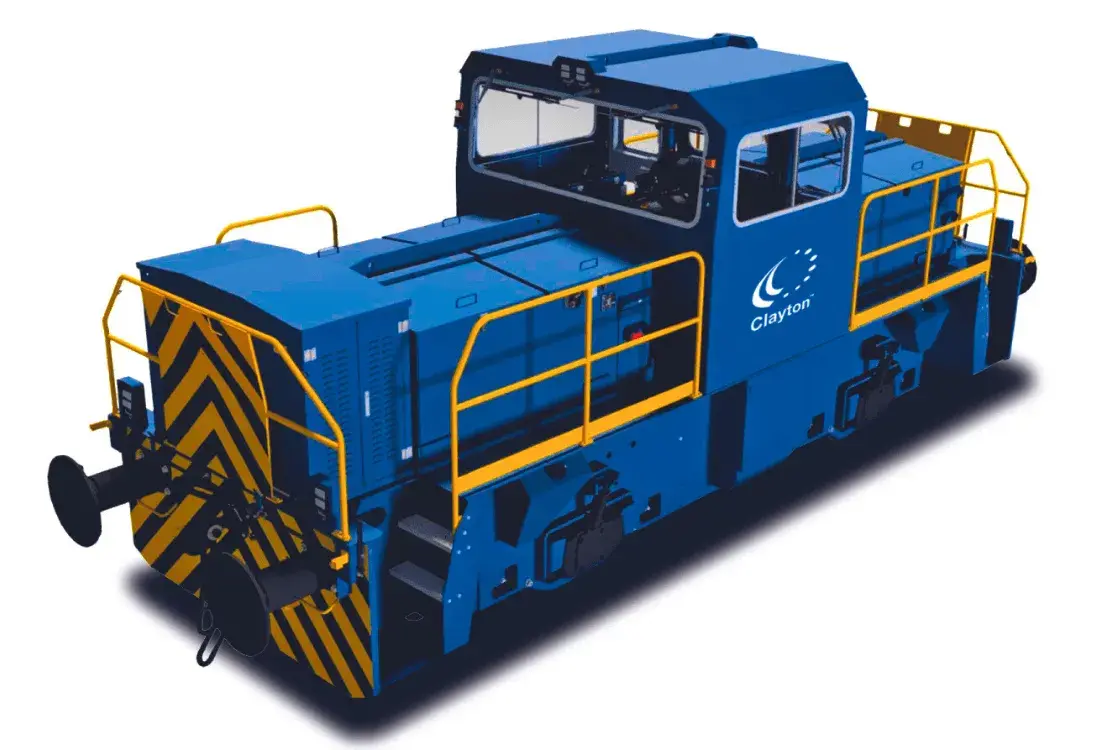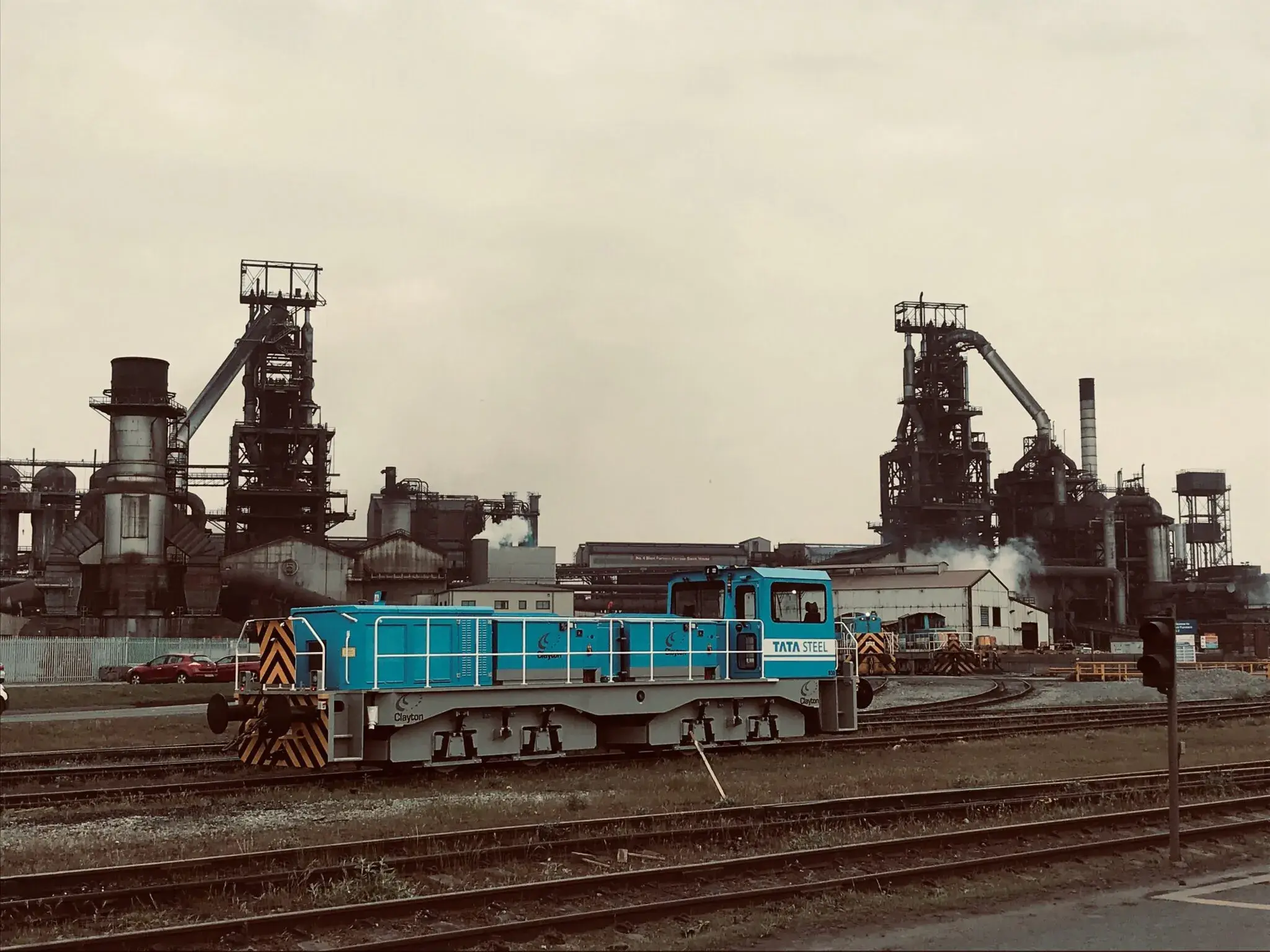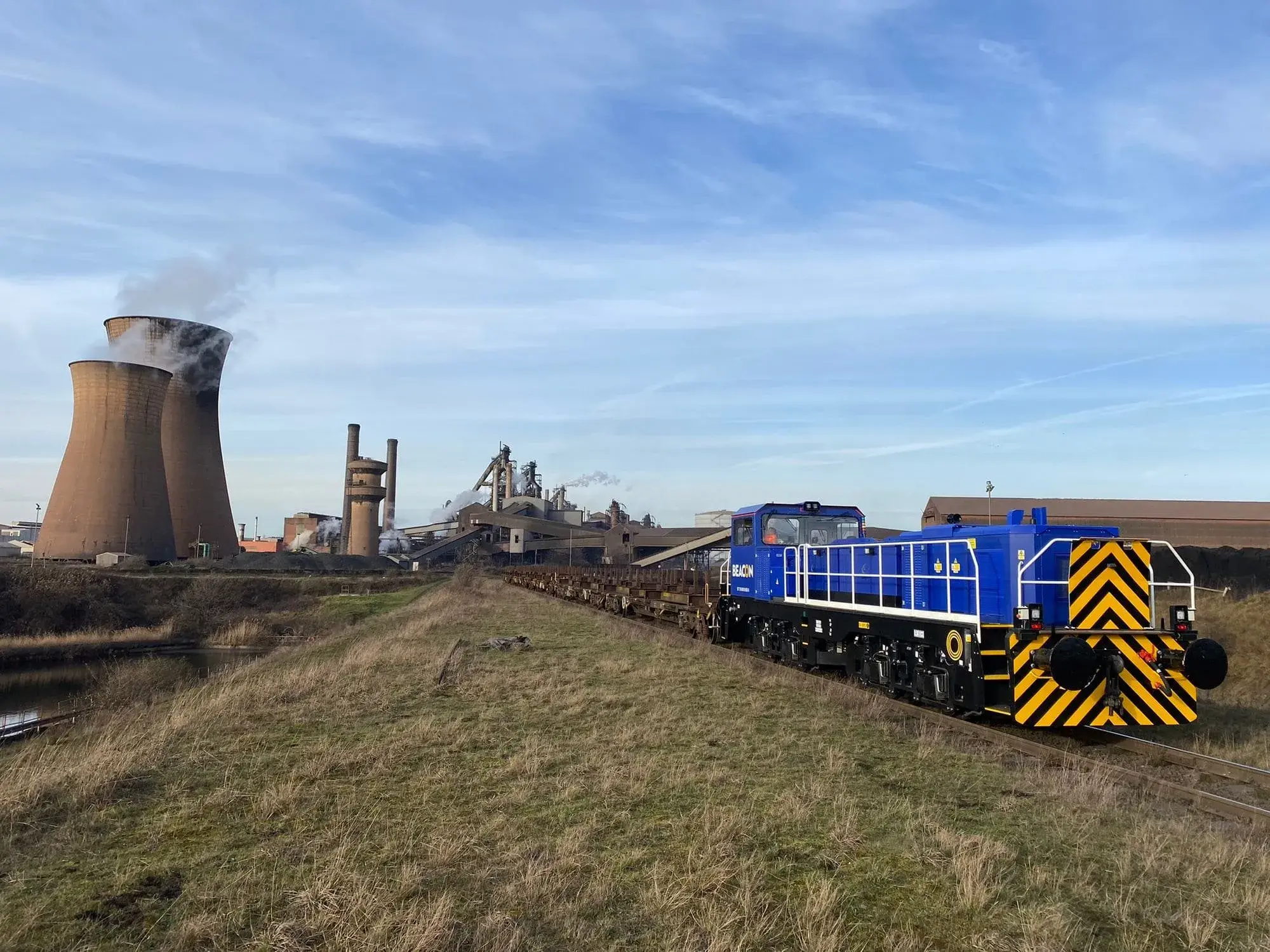How Battery Hybrid Locomotives Help To Reduce Noise Pollution
By Jessica Salt on March 15, 2024
Although a significant percentage of the world’s locomotives are currently powered by diesel, this looks set to change over the coming decades. This is in large part thanks to increasing legislation, such as the Paris Climate Agreement, that aims to limit global warming by reducing emissions.
What this means for the locomotive and transport industries is an increasing switch towards battery electric and hybrid power vehicles.
By limiting the carbon usage of battery hybrid locomotives can help to significantly reduce overall emissions and improve both local and general air quality. However, there is another important environmental and social benefit that is not discussed as frequently: noise pollution. Diesel locomotives produce a significant amount of noise, whether that is during idling, acceleration, or deceleration. This can disrupt sleep and affect the quality of life for anyone who lives or works near a railway line.
This noise pollution is compounded by the fact that traditional diesel locomotives often idle for extended periods, particularly when stationary, to maintain power for onboard systems and readiness for movement. A diesel electric locomotive, however, can help to reduce noise pollution by as much as 70%, which means they have much less impact on public spaces and workplaces. Here’s a few of the ways they can achieve this reduced impact.
Engine Control
The noise of a passing diesel train can reach up to 100 decibels at a distance of 100 feet, which can be very disruptive, especially in residential areas or at unsociable hours. Decibel levels for battery or hybrid trains are lower, at around 60 decibels, reducing the impact on the general environment.
In addition, a hybrid battery locomotive can turn off the engine in built up areas or when idling, dropping the noise level by more than 20 decibels. That gives operatives the ability to control noise in areas where it might cause the most disruption, reducing noise pollution in residential areas and improving relationships with the public.
Reduced Need For Infrastructure
One common response of the rail industry to complaints about noise from diesel locomotives has been to invest heavily in noise reduction infrastructure, such as noise barriers, berms or even tunnels. In Germany, Deutsche Bahn has committed to reducing noise for over 800,000 residents by fitting noise control measures along 6,500km of track. However, these measures, combined with others such as reduced engine sizes to limit noise production, can have major profit implications and can affect capacity.
Without the need for large cooling fans and engine exhausts, battery locomotives are much quieter which means there is less need for noise mitigation or reduced engine capacity. It’s also necessary to point out that switching to battery locomotives represents a significant investment in infrastructure, although it’s also an investment that comes with other major advantages, such as reduced emissions and reduced maintenance requirements.
Contact Our Team Today!
Whilst the move away from diesel powered locomotives to hybrid battery power is being driven by a need to meet regulatory compliance and reduce emissions, the benefits of noise reduction should not be underestimated.
Thinking of switching to battery locomotives? Get in touch with one of the team at Clayton Equipment to find out more.
- News (100)
- Battery Locomotives (35)
- Low Emission Rail (21)
- Mining Locomotives (10)
- Shunting Locomotives (10)
- Diesel Locomotives (9)
- LocoWatch (5)
- Sustainability (5)
- Locomotive (4)
- Battery Locomotives Battery Locomotives (3)
- IoT Telematics (3)
- 90 Years (2)
- Case Study (2)
- Haulage (2)
- Battery Shunter Locomotives (1)
- Clayton Equipment (1)
- Shunting Locomotives Shunting Locomotives (1)
- Switcher Locomotives (1)
- Telematics (1)
- September 2025 (2)
- August 2025 (2)
- July 2025 (3)
- June 2025 (4)
- May 2025 (1)
- April 2025 (2)
- February 2025 (1)
- January 2025 (1)
- September 2024 (1)
- August 2024 (2)
- July 2024 (2)
- June 2024 (2)
- May 2024 (1)
- April 2024 (1)
- March 2024 (1)
- February 2024 (1)
- January 2024 (4)
- November 2023 (1)
- September 2023 (1)
- August 2023 (2)
- July 2023 (2)
- June 2023 (2)
- May 2023 (2)
- March 2023 (2)
- February 2023 (3)
- January 2023 (2)
- November 2022 (2)
- October 2022 (1)
- August 2022 (1)
- July 2022 (4)
- June 2022 (1)
- May 2022 (1)
- April 2022 (2)
- March 2022 (3)
- February 2022 (8)
- January 2022 (1)
- November 2021 (3)
- October 2021 (1)
- September 2021 (3)
- August 2021 (7)
- July 2021 (7)
- June 2021 (7)
- April 2021 (1)
- January 2021 (1)
- December 2020 (2)
- August 2020 (1)
- March 2020 (4)
- February 2020 (3)
- January 2020 (4)
- December 2019 (1)
- November 2019 (2)
- October 2019 (3)
Subscribe by email
You May Also Like
These Related Stories

Battery-Powered Locomotives: The Future Of Long-Range Haulage
New advancements, including diesel-electrical hybrid and battery power, have ushered in a new dawn of locomotive innovation. While the rail industry i …

How Long Does The Battery In A Diesel Hybrid Locomotive Last
A lot has been written about battery hybrid trains in recent years. Especially since the first battery powered passenger train entered service in the …

How Battery-Diesel Hybrid Locomotives Are Paving The Way For A Greener Future
The rail industry, like many others, is going through a transitional phase. Over the next two decades new legislation and regulatory requirements mean …




No Comments Yet
Let us know what you think